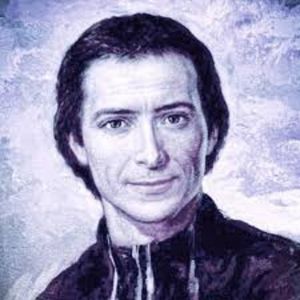
The Marist Foundations
Marcellin Champagnat was born in France in 1789, the year the French Revolution began. The great ideals of that revolution – liberty, equality and fraternity – promised so much, but across the years to 1815 produced wars with millions of young men dead on the battlefields of Europe, political and economic dislocation, and the destruction of the Catholic Church in France, with all its buildings and assets becoming the property of the French state. The revolution witnessed the execution of the monarch Louis XVI and the Queen Marie Antoinette and so many of their supporters, the rise of Napoleon Bonaparte and his eventual downfall, and the end of the Church as it had been for centuries.
Into this challenging time was born Marcellin Champagnat. His family was close-knit and Catholic. His father, a revolutionary supporter, was an educated man and leader in the village. Education mattered in the village for the Champagnat family, when at that time it counted for very little with rural country people.
At the time of his death in 1840 he had built a formidable training centre of five stories at The Hermitage (which you can visit today on pilgrimage). He had a network of country schools in the villages where young brothers taught their pupils with great sensitivity and ability against all the odds. It remains a remarkable achievement.
Marcellin had been subjected to very poor teachers as a boy as a result of the changes of the revolutionary government and was determined to fix that by creating teaching brothers who would attend to the educational needs of country people.
When he became a priest in 1816 at the end of the revolution, he was sent to La Valla and began his project. It commenced in a small room in a rented house with a couple of young men whom he had taught to read, write and learn their catechism, to teach the children of that village. A very humble, poor beginning and doomed to fail if we apply all the criteria of success to the project. But it was a new way of being Church to people who had lost the faith or knew nothing about it, close to the people, supporting families, giving hope where there was none.
Marcellin had supreme faith in Mary as Mother of Jesus to help him. Her spirit of gentleness, compassion and quiet discipleship of Jesus was to be Marcellin’s model of leadership and evangelisation in rural areas.
By 1840, at the time of his death, there were debts, uncertainties amidst the brothers, more political revolutions, civil unrest, and the possibility that Marcellin’s project would not survive. The fact that it did survive is the second miracle. It was because of the hard work, dedication and prayer of his devoted followers who were determined to continue against the odds. The schools had spread right across France and were expanding to the new worlds of the Americas and the Pacific.
By 1872 the Marist Brothers of the Schools (FMS) were asked to take a Catholic school in The Rocks, Sydney (St Patrick’s), the first Australian mission for the Brothers. The school was in poor shape and the boys were largely out of control. Despite the difficulties, the Brothers arrived and turned that school around. Once again, against the odds and with considerable criticism, the Brothers had achieved another miracle.
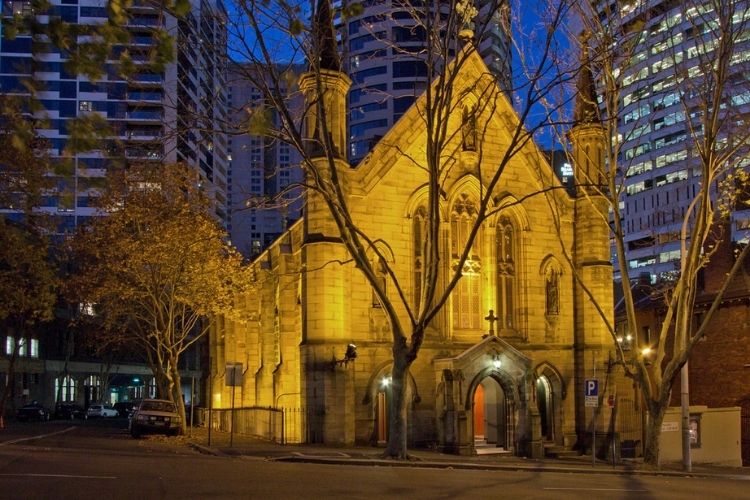
St Patrick’s Church, The Rocks, Sydney
From Sydney the Brothers extended their influence across Australia, arriving in Brisbane in 1928 at Rosalie, now Paddington, to begin a parish school in 1929. Very quickly it became obvious that the property could not sustain a large school nor support the developing boarding requirements, so the Brothers purchased the site at Ashgrove, today known as Marist College Ashgrove. It commenced in 1940.
Since that time the Brothers have begun other schools in Queensland from Cairns (St Augustine’s College), Innisfail (Good Counsel College), Ayr (Burdekin Catholic High), Gladstone (Chanel College), Enoggera (Mt Maria College), Beenleigh (Trinity College), Petrie (Mt Maria Petrie), with other schools joining the Marist network like Carmel College Thornlands, and Notre Dame College Bells Creek in recent years.
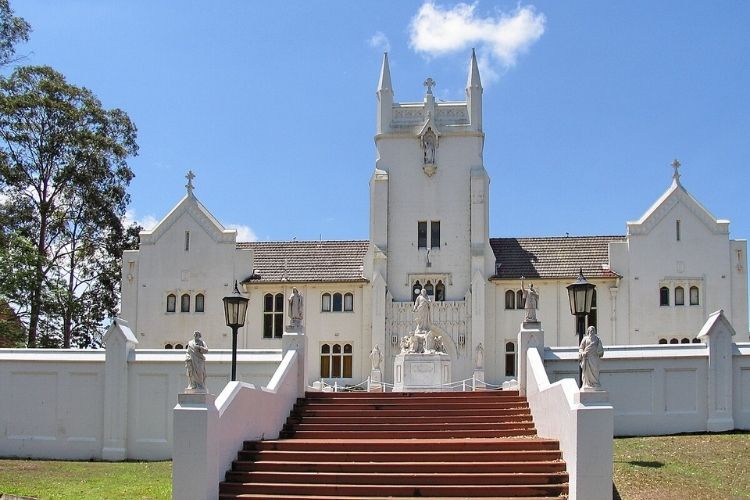
Marist College, Ashgrove, Brisbane
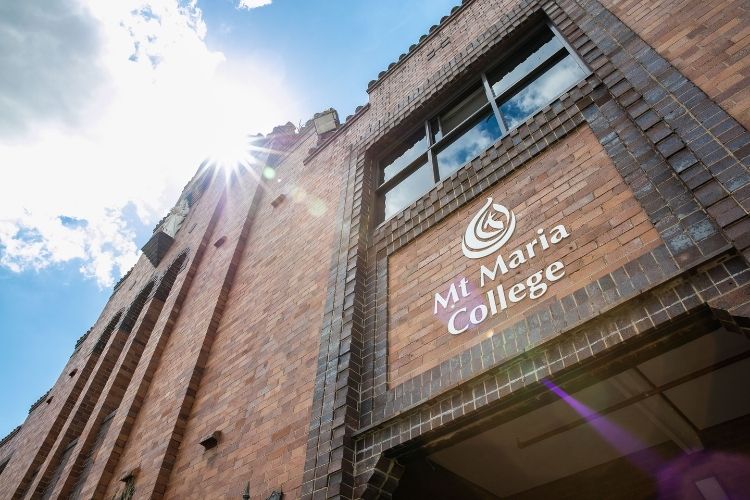
Mt. Maria College, Mitchelton, Brisbane
What characteristics sum up the life and work and ongoing influence of Marcellin and his followers today?
-
Simplicity. Personal relationships are of supreme importance. Keep it simple!
-
Family spirit. Respect, inclusion, hospitality, belief in every student, extended opportunities for students and teachers to form positive relationships. Knowing the students and their families.
-
Solidarity. Mutual support amongst the student body and the ability of good teachers to sow hope in young people. Supporting people in need and standing with people who need help.
-
Presence. Knowing your students, and listening to their needs and educating their hearts, not just their minds.
-
Pragmatic and creative. Taking the example of Saint Marcellin to solving problems.
-
Living in the way of Mary. Her simplicity, modesty, selflessness, discretion and ability to listen to Jesus and his message will always be the touchstone of a true Marist community.
Today more than ever we need Marists to step up to the challenges of this age. We need to open educational opportunities where they don’t exist. We need to support young people in a world dominated by social media and fake news. We need to show that God’s love is still relevant and worth pursuing. A God of kindness, compassion, slow to anger and rich in mercy and forgiveness sums up the image of God the Father, his son Jesus and the gifts poured out by the Holy Spirit. Mary is an example of how that works and why Marcellin never gave up on his project.
A strong mind and a gentle heart built on the example of Saint Marcellin Champagnat will always win over the destructive ways we often see around us! God bless today’s Marists and their efforts to bring people together in friendship, love and mutual support, and reach out to those in need.
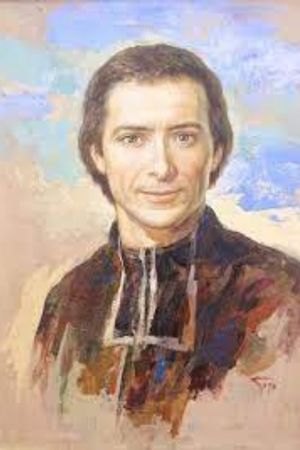
Marcellin Champagnat


